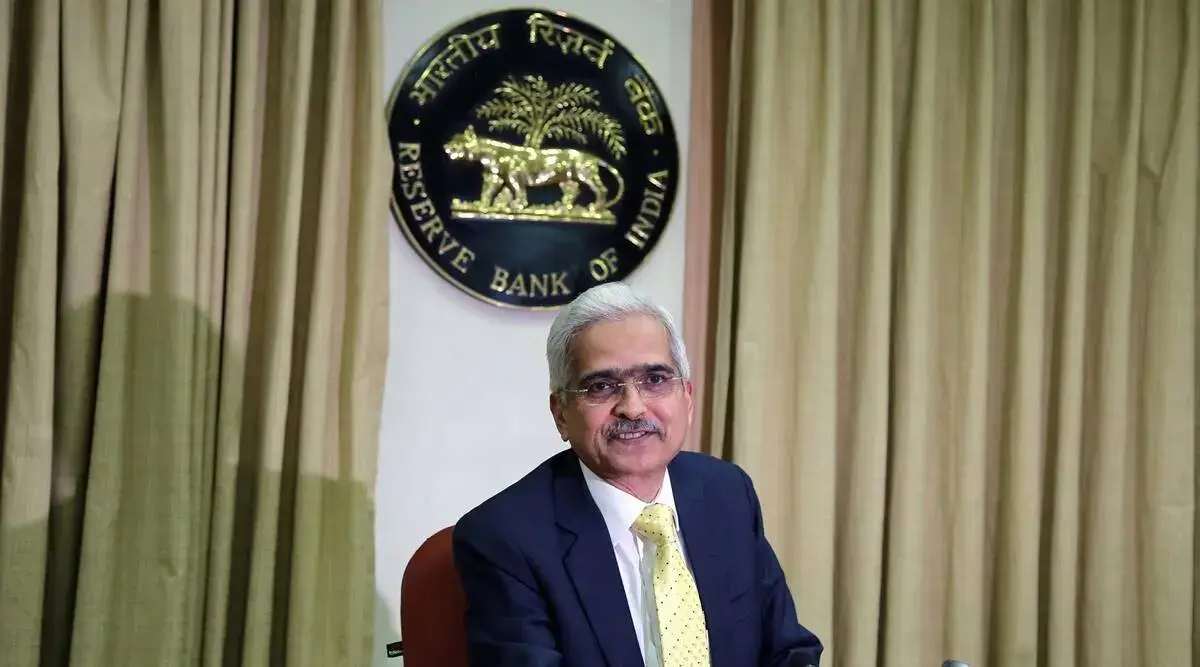
The Reserve Bank of India’s Monetary Policy Committee (MPC) recently announced its bimonthly monetary policy review, in which it decided to keep the repo rate unchanged at 6.50%. The reverse repo rate was also kept unchanged at 6.25%.
The decision to maintain the status quo was largely in line with market expectations. The MPC noted that inflation has remained within the target range of 2-6% in recent months, but cautioned that rising oil prices and global trade tensions could lead to increased inflationary pressures in the future.
The MPC also highlighted the need for continued efforts to address the issue of non-performing assets (NPAs) in the banking sector, which it identified as a key risk to India’s financial stability. The committee noted that progress has been made in resolving NPAs, but emphasized the need for further action to strengthen the banking system and improve credit flow to the economy.
Overall, the MPC’s decision to keep rates unchanged reflects a cautious approach to monetary policy amid ongoing uncertainties in the global economy and domestic financial sector. The committee is expected to closely monitor developments in inflation, oil prices, and global trade tensions in the coming months, and could adjust rates accordingly if necessary
The RBI’s decision to maintain the repo rate at 6.50% was welcomed by the industry, particularly by the real estate sector. Many real estate developers had been hoping for a rate cut to boost demand for housing, which has been sluggish in recent months.
However, some experts have argued that the RBI’s decision to keep rates unchanged could lead to higher borrowing costs for businesses, particularly in sectors such as manufacturing and infrastructure. This, in turn, could dampen economic growth and job creation in the short term.
Despite the challenges facing the Indian economy, the MPC remains optimistic about the country’s long-term growth prospects. The committee noted that recent reforms such as the Goods and Services Tax (GST) and the Insolvency and Bankruptcy Code (IBC) are expected to boost investment and productivity in the years ahead.
The RBI’s decision to maintain the status quo is likely to be seen as a balancing act between maintaining price stability and promoting economic growth. While some stakeholders may have been disappointed by the lack of a rate cut, the MPC’s decision reflects a cautious approach to monetary policy in a challenging economic environment.
Looking ahead, the RBI will likely continue to monitor economic indicators closely and adjust its policies as necessary to support sustainable growth while maintaining price stability.









